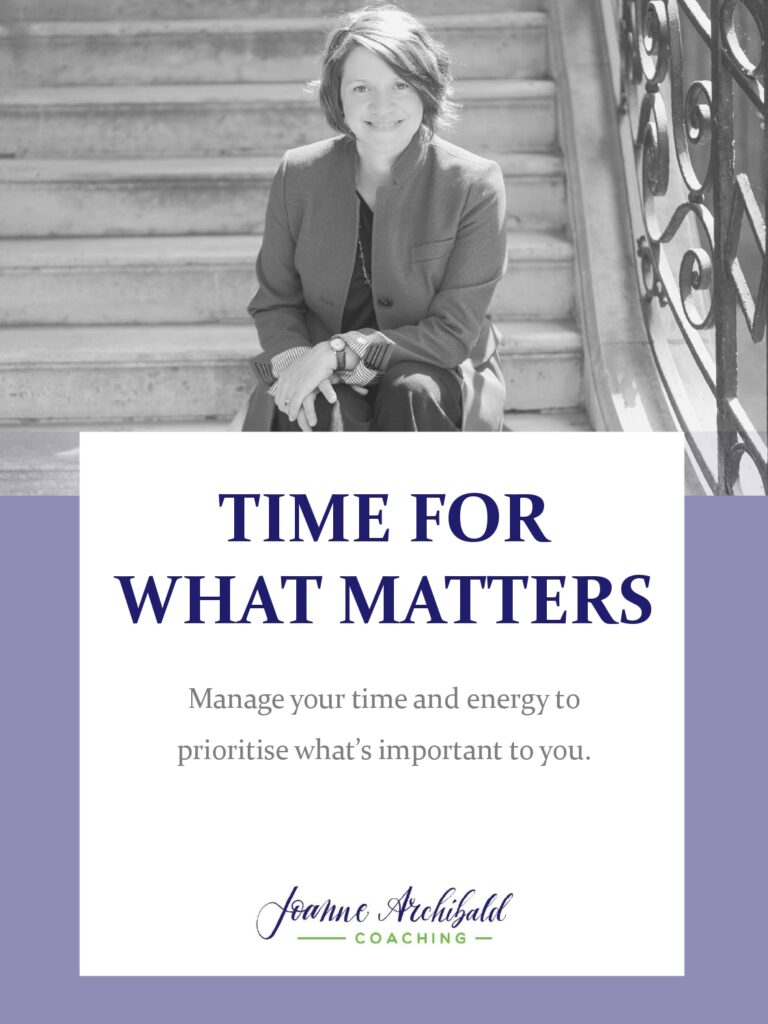I have long been intrigued by French words for which no satisfactory translation can be found in English. For example, profiter: enjoy, make the most of it, take advantage – none of them really conveys the full meaning of the verb for me. Gourmand: someone who likes food and eating – somewhat reductive, n’est-ce pas?
My favourite has to be La Rentrée: The Return. In the UK, we simply refer to “when the schools go back”; in France they make it sound like a long-awaited feature film, probably involving Matt Damon or Brad Pitt, definitely requiring capitalisation. Because here in France it is indeed a big deal. While it originates in the notion of la rentrée des classes – the children returning to school after the summer holidays – la rentrée touches on every part of society simply because that long summer vacation is still a reality for a large proportion of the country.
As someone whose favourite things include learning, the autumn and all things papeterie, embracing the concept of the rentrée is a no-brainer for me. It’s a great excuse to sign up for a class, wear autumnal-coloured scarves, and buy new notebooks. As a coach, I love the rentrée because it is a great time to hit “reset”, take stock, and embark upon new ventures.
A new beginning
Traditionally, we make resolutions in January – in the middle of winter when the days are short and we’re exhausted from the Christmas madness. Choosing to make September the start of your personal development year makes sense: we are usually rested after some kind of break (even if it’s just a calmer period at work), and we’ve been eating more fruit and vegetables over the summer and getting more fresh air and sunshine, so we’re physically on better form. There’s a natural energy to the start of the new school year, even for those who don’t have children, and a number of fun holidays throughout the autumn help keep spirits up as the nights grow longer, all of which makes it more likely we’ll stick to our decisions.
So, as you sharpen pencils, shine shoes, shop for cartables and sew name tags into vests, why not take a moment to think about what you want out of the coming “year”? Here are four ways to step into the rentrée consciously, putting your best foot forward.
Set an intention
Setting an intention for the coming year is a great way to have a blanket impact on your life. Take a moment to visualise a day in your life as the school year starts: picture school, work, childcare, hobbies, sports, family time, friends, home projects… Now ask yourself what feeling you wish to create as you move through that day. Don’t think about what you want to do, but about how you want to be, what you want to feel. It could be a word (light, spontaneous, peace, enjoy, curious) or an image (I want to be like the tree in the wind that bends so that it never breaks). You could use a smell, a song or a taste – so long as you can summon it to mind (or nose, or ear, or mouth), it will be a useful tool to being you back to your intention whenever you need to re-focus.
Set a goal
In contrast to an intention, setting a goal is usually something you want to do. We set objectives all the time, but often forget Doran’s famous SMART rules of goalsetting, so crucial to success.
S: keep the goal Specific. “I will lose 4 kilos” is better than “I’ll get my weight down a bit”.
M: make sure it’s Measurable. “I will work on two pages of my French grammar book every Monday” is better than “I’ll do a bit every evening”.
A: the job should be Assignable. Very useful if you’re doing family goals: a chart of who will tackle which bit of the garden is better than a vague “We’ll all pitch in”.
R: it needs to be Realistic. I know I can’t jog every morning, but I could manage once a week. Better a less ambitious goal that you actually achieve than a wildly over-estimated one you abandon after a week.
T: goals should be Time-related. Say when you’ll see results. I like to use Christmas as a deadline when setting goals in September as there’s a natural cycle to it and it means I can then set my next objectives in January with Easter/spring as my deadline.
Set a rule
A friend of mine has a plaque in her kitchen that reads “Thou shalt not whine”. It’s like her rule of thumb for life. In any situation, when unsure of her behaviour, words, or reactions, she can check in with herself and ask “Am I being whiney in any way here?”, and if she is, she knows she’s breaking her own rule. Setting a rule for yourself (for life, for this month, for just today) is a slightly bossier way of setting an intention. It gives you a touchstone when struggling to be your best self. This strategy really speaks to most clients. Great examples I’ve seen work include: “don’t be that guy”; “always delay any purchase by 24 hours”; “say yes to all new experiences” and “pull your weight”.
Set a mantra
A personal mantra can be anything from a quotation, to a piece of poetry, scripture, a song lyric or simply some wise words from a trusted friend. Its purpose is to re-centre you on what’s important on the day when work has never been busier, the childminder’s sick, your partner’s away on business, two out of three children have the dreaded gastro, and you get that sinking feeling in your stomach that says you will soon have it too. This too shall pass. The only way out is through. It doesn’t have to be pretty or even deep, but it has to be something that chimes with you.
If you’re reading Message magazine, the chances are that you, like me, are a courageous ex-pat bringing up children in a foreign land, maybe with a foreign partner, almost certainly negotiating a foreign language, so I offer you one of my own favourite mantras. It comes at the end of the Robert Frost poem “The Road Not Taken” and always perks me up when I’m questioning my choices:
Two roads diverged in a wood, and I
I took the one less traveled by,
And that has made all the difference.
Originally published in Message Paris magazine.




